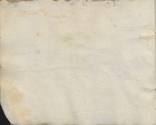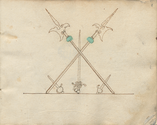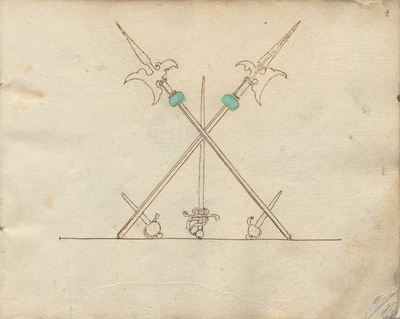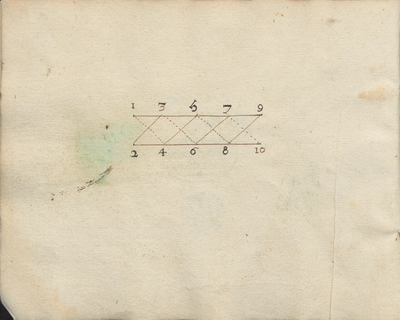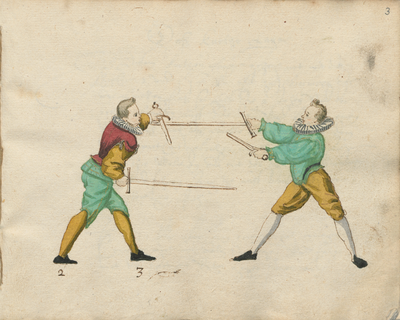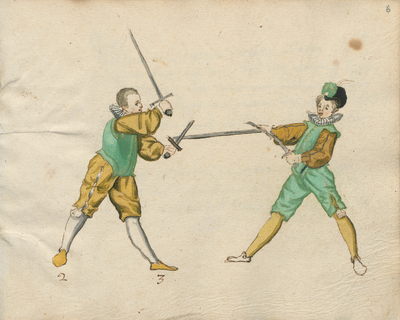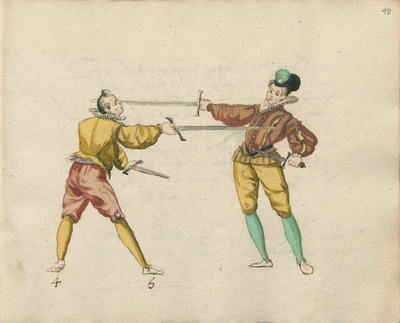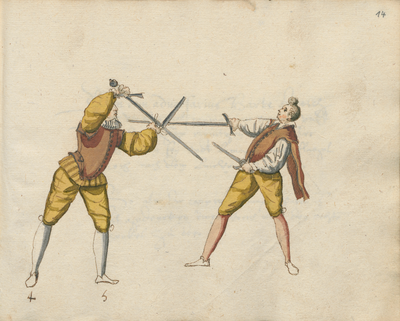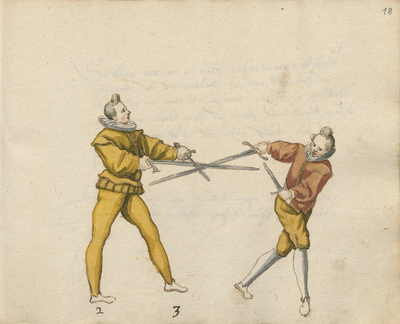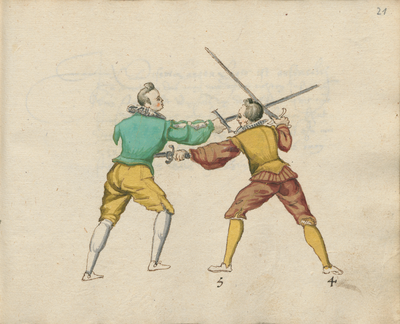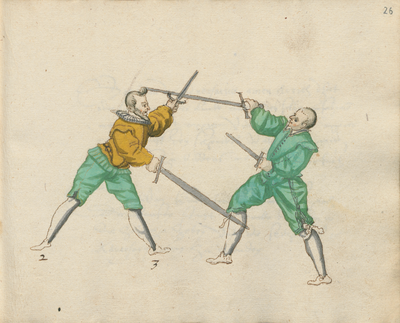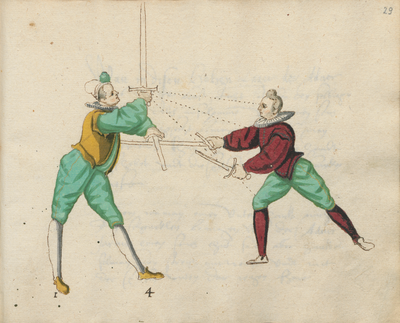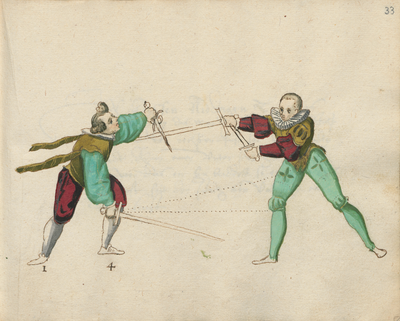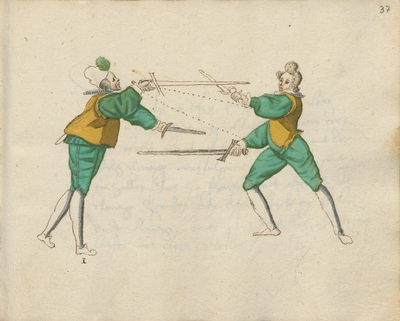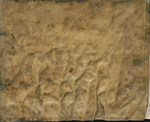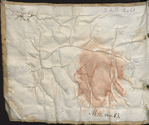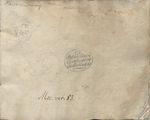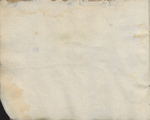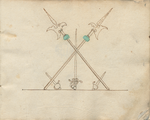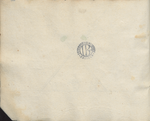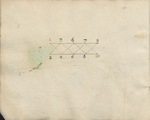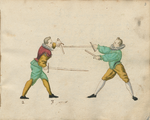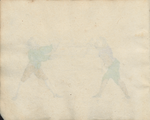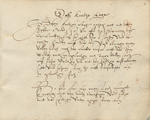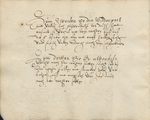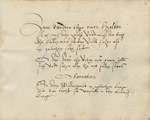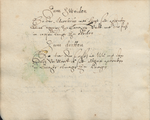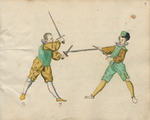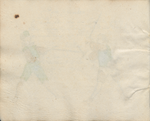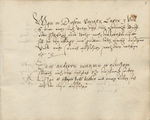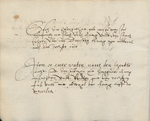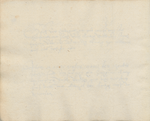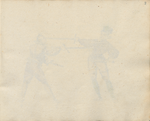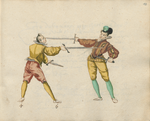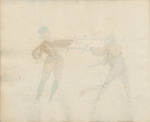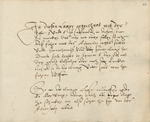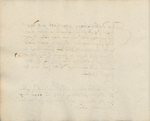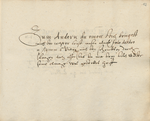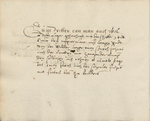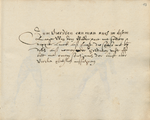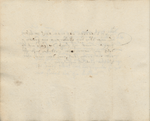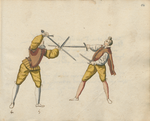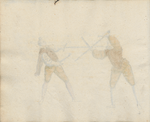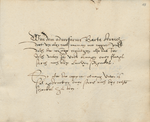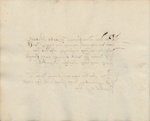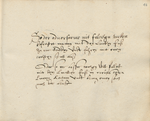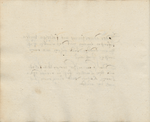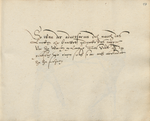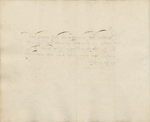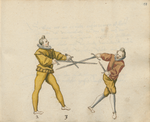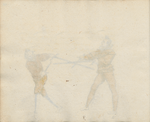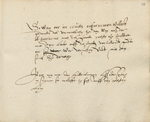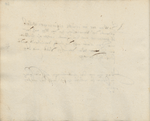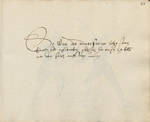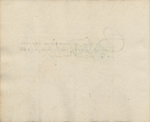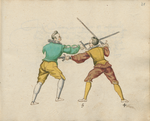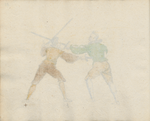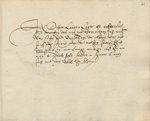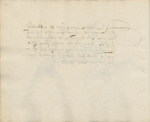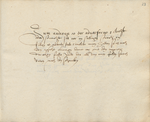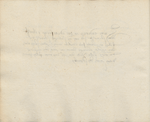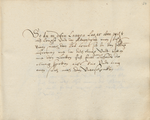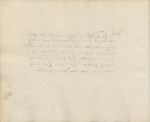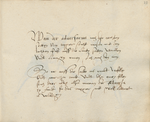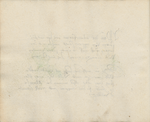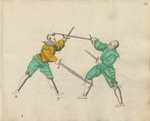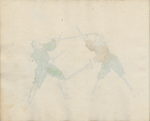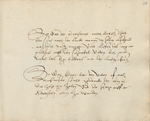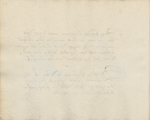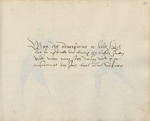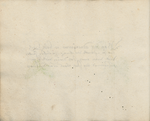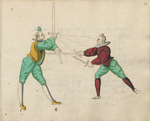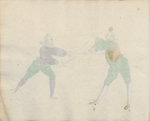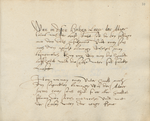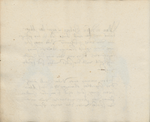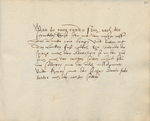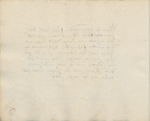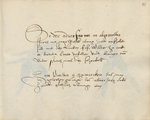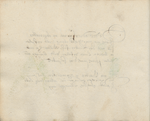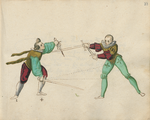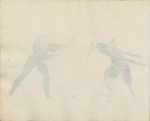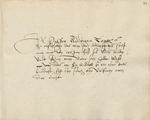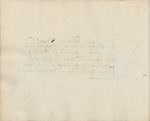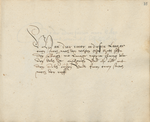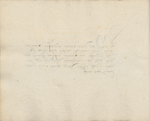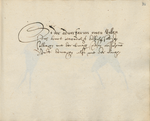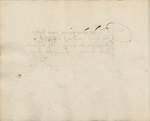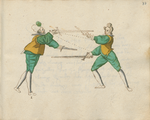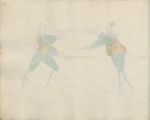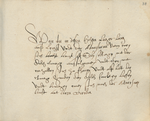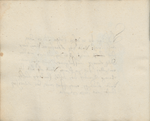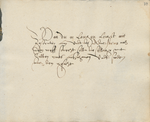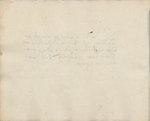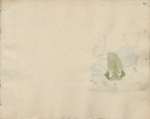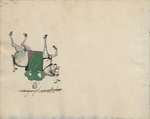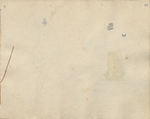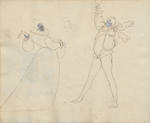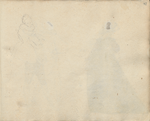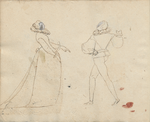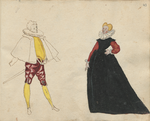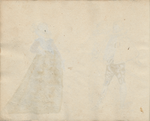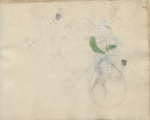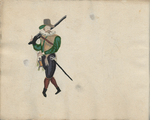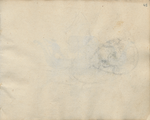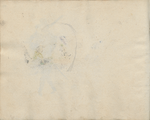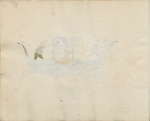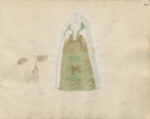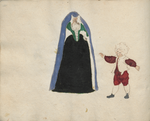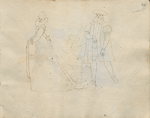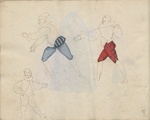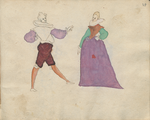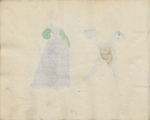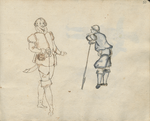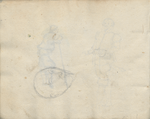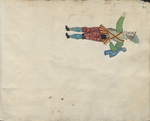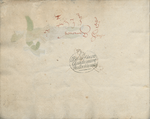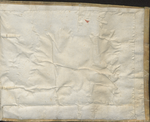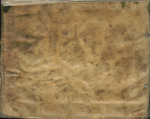|
|
You are not currently logged in. Are you accessing the unsecure (http) portal? Click here to switch to the secure portal. |
Difference between revisions of "Hugold Behr's Fechtbuch (MS Var.83)"
| (8 intermediate revisions by the same user not shown) | |||
| Line 13: | Line 13: | ||
| Wierschin's catalog= — | | Wierschin's catalog= — | ||
| Hils' catalog = — | | Hils' catalog = — | ||
| − | | Beck catalog = [ | + | | Beck catalog = [http://kdih.badw.de/datenbank/handschrift/38/9/10 38.9.10] {{#set:BC=38.9.10}} |
| Also known as = | | Also known as = | ||
| Type = [[type::Fencing manual]] | | Type = [[type::Fencing manual]] | ||
| Line 42: | Line 42: | ||
| below = | | below = | ||
}} | }} | ||
| − | '''Hugold Behr's Fechtbuch''' (MS var. 83) is an anonymous 16th century [[nationality::German]] [[fencing manual]] created some time before 1573.<ref>Bauer, Matthias Johannes. "The Fight Book of Hugold Behr: A Late Sixteenth-Century Fight Book in Comparative Perspective". ''[[Acta Periodica Duellatorum]]'' '''8'''(1). 2020. pp 89-90</ref> The original currently rests in the holdings of the [[Universitätsbibliothek Rostock]] in Rostock, Germany. It was previously owned by Hugold Behr the Elder, from whom it takes its nickname, but its original author and artist are unknown. | + | '''Hugold Behr's Fechtbuch''' (MS var. 83) is an anonymous 16th century [[nationality::German]] [[fencing manual]] created some time before 1573.<ref name="Bauer">Bauer, Matthias Johannes. "The Fight Book of Hugold Behr: A Late Sixteenth-Century Fight Book in Comparative Perspective". ''[[Acta Periodica Duellatorum]]'' '''8'''(1). 2020. pp 89-90</ref> The original currently rests in the holdings of the [[Universitätsbibliothek Rostock]] in Rostock, Germany. It was previously owned by Hugold Behr the Elder, from whom it takes its nickname, but its original author and artist are unknown. |
== Provenance == | == Provenance == | ||
| + | The known provenance of the MS Var.83 is:<ref name="Bauer"/> | ||
| + | * Created in the mid-16th century. | ||
| + | * before 1573 - Owned by Hugold Behr the Elder (1527-1576). | ||
| + | * 1573 - In the library of [[wikipedia:John Albert I|Johan Albrect I]] (1525-1576), Duke of Mecklenburg; included in a library catalog in 1573. | ||
| + | * before 1789 - Acquired by the University of Bützow. | ||
| + | * 1789-present - Transferred to the University of Rostock when the two universities merged. | ||
== Contents == | == Contents == | ||
| Line 120: | Line 126: | ||
|- | |- | ||
| rowspan="4" | [[file:MS Var.83 06r.png|400px|center]] | | rowspan="4" | [[file:MS Var.83 06r.png|400px|center]] | ||
| − | | <p></p> | + | | <p>If in this previous guard of 3 and 6,<ref>In the previous guard, as well as in the image preceding the current lesson, the fencer stands on 2 and 3, rather than 3 and 6. However, in the previous lessons, the fencer does step with his right foot from 2 to 6.</ref> a thrust is delivered at you below your dagger, or between your two weapons, to your right breast, you must take this out with your dagger blade flat, and complete a strike to his right ear.<ref>In the manuscript, this line is followed by a 3, the meaning of which is unclear.</ref></p> |
| {{section|page:MS Var.83 07r.png|1|lbl=7r.1}} | | {{section|page:MS Var.83 07r.png|1|lbl=7r.1}} | ||
|- | |- | ||
| − | | <p></p> | + | | <p>Secondly, in the same strike to his right ear, you can lower your blade, and, with a movement of your right foot, attack with a full thrust to his breast.</p> |
| {{section|page:MS Var.83 07r.png|2|lbl=7r.2}} | | {{section|page:MS Var.83 07r.png|2|lbl=7r.2}} | ||
|- | |- | ||
| − | | <p></p> | + | | <p>If you get the opportunity, you can take out a thrust with your dagger blade flat, and direct a strike over your adversary’s blade, very low to his right knee.</p> |
| {{section|page:MS Var.83 07v.png|1|lbl=7v.1}} | | {{section|page:MS Var.83 07v.png|1|lbl=7v.1}} | ||
|- | |- | ||
| − | | <p></p> | + | | <p>Then, if someone thrusts below to your legs, you must take this out with your blade hanging, and step forth with your right foot, changing with [your] blade to his groin.</p> |
| {{section|page:MS Var.83 07v.png|2|lbl=7v.2}} | | {{section|page:MS Var.83 07v.png|2|lbl=7v.2}} | ||
| + | |||
| + | |- | ||
| + | | rowspan="5" | [[file:MS Var.83 10r.png|400px|center]] | ||
| + | | <p>In this guard, indicated with the numbers 3 and 6,<ref>Note that the illustration on page 10r shows a fencer standing with his feet on numbers 4 and 5.</ref> at the outset, in this play, you must note that you attack with a full thrust to your adversary’s right side, and afterwards, with a movement of your right foot to number 6, complete the thrust over his blade to his face, or to his left breast if you want to direct your blade under his arm.</p> | ||
| + | | {{section|page:MS Var.83 11r.png|1|lbl=11r.1}} | ||
| + | |||
| + | |- | ||
| + | | <p>When [you]<ref name="eer">German: ''eer''.</ref> let the blade run off, always remember to set your dagger at your blade, to thus be secure from your adversary’s actions.</p> | ||
| + | | {{section|page:MS Var.83 11r.png|2|lbl=11r.2}} | ||
| + | |||
| + | |- | ||
| + | | <p>Secondly, when you deliver a thrust to the right breast, you can, with a movement of your right foot to number 6, strike through below to his legs, though such that you are well covered against his blade with your dagger.</p> | ||
| + | | {{paget|page:MS Var.83|12r|png}} | ||
| + | |||
| + | |- | ||
| + | | <p>Thirdly, in this guard indicated with numbers 3 and 6, you can also stand with your rapier extended, and when your opponent directs a cut to your left, take this out<ref>Alternatively, this could be “and when your opponent directs a cut, take this out to your left”.</ref> with your blade hanging, and with a movement of your fist direct a strike to his legs with the advantage of stepping to.</p> | ||
| + | | {{paget|page:MS Var.83|12v|png}} | ||
| + | |||
| + | |- | ||
| + | | <p>Fourthly, in this guard, when your counterpart stands with his rapier extended, you can take out or gain his point with your dagger, and immediately attack with a sudden thrust to his breast or groin.</p> | ||
| + | | {{paget|page:MS Var.83|13r|png}} | ||
| + | |||
| + | |- | ||
| + | | rowspan="5" | [[file:MS Var.83 14r.png|400px|center]] | ||
| + | | <p>If your adversary makes hard strikes down from above, you can cross against that with your rapier and dagger, such that your dagger is below, and then you can deliver a wing-strike to his left leg.</p> | ||
| + | | {{section|page:MS Var.83 15r.png|1|lbl=15r.1}} | ||
| + | |||
| + | |- | ||
| + | | <p>But if your rapier blade is below, you must remember to make a strike to his right leg.</p> | ||
| + | | {{section|page:MS Var.83 15r.png|2|lbl=15r.2}} | ||
| + | |||
| + | |- | ||
| + | | <p>If your adversary fences with false twitches,<ref>I.e., if your adversary makes feints.</ref> you can step back with your left foot, and attack with a straight thrust.</p> | ||
| + | | {{section|page:MS Var.83 16r.png|1|lbl=16r.1}} | ||
| + | |||
| + | |- | ||
| + | | <p>Or, if [you]<ref name="eer"/> want to reach [him] better, step crosswise with your left foot, off the straight line, and deliver a thrust to his breast.</p> | ||
| + | | {{section|page:MS Var.83 16r.png|2|lbl=16r.2}} | ||
| + | |||
| + | |- | ||
| + | | <p>Then, if your adversary cuts at your left ear, remember to throw your rapier in front [of that] in the long cross, and then suddenly, just as [you]<ref>German: ''eer''. An alternative translation here would be “if he binds you as well”.</ref> bind him, attack with a thrust.</p> | ||
| + | | {{paget|page:MS Var.83|17r|png}} | ||
| + | |||
| + | |- | ||
| + | | rowspan="3" | [[file:MS Var.83 18r.png|400px|center]] | ||
| + | | <p>Then, when [you]<ref name="eer"/> want to take it out in a cross, remember to mainly do this when your adversary cuts at your right ear, dropping with [your] body to [your] left side, to constrain his weapon and come through with a thrust.</p> | ||
| + | | {{section|page:MS Var.83 19r.png|1|lbl=19r.1}} | ||
| + | |||
| + | |- | ||
| + | | <p>Then, take it out with your half blade, or [your] point swaying.<ref>The exact meaning of ''oder Spitze im swanc'' is unclear.</ref> Thus, he exposes himself on his right arm.</p> | ||
| + | | {{section|page:MS Var.83 19r.png|2|lbl=19r.2}} | ||
| + | |||
| + | |- | ||
| + | | <p>Then, if your adversary makes high strikes, you must remember to suddenly attack against that with a thrust to his arm.</p> | ||
| + | | {{paget|page:MS Var.83|20r|png}} | ||
| + | |||
| + | |- | ||
| + | | rowspan="5" | [[file:MS Var.83 21r.png|400px|center]] | ||
| + | | <p>In this long guard, at the outset, you must note that you must stand with your right foot in front, and then, when your adversary makes a thrust or strike to your right side, you must take this out with the long cross, and with a movement of your left foot to number 5, make a thrust with your dagger.</p> | ||
| + | | {{paget|page:MS Var.83|22r|png}} | ||
| + | |||
| + | |- | ||
| + | | <p>Secondly, if your adversary thrusts or strikes, [you]<ref name="eer"/> must attack in this same strike, and with a movement of your left foot deliver a half thrust to his face, so that [he]<ref>German: ''eer''. Note the change in meaning.</ref> falls against that with [his] rapier, and then make a full strike below to the legs.</p> | ||
| + | | {{paget|page:MS Var.83|23r|png}} | ||
| + | |||
| + | |- | ||
| + | | <p>If you stand straight above in this long guard, and your adversary delivers a thrust below at your body, you will take this out with your dagger, and step forth with your left foot, lowering your blade onto [your] knee, to deliver a thrust to his lower legs.</p> | ||
| + | | {{paget|page:MS Var.83|24r|png}} | ||
| + | |||
| + | |- | ||
| + | | <p>If your adversary thrust to the right side of your rapier, you can step with your right foot to your left side, and deliver a thrust to his arm.</p> | ||
| + | | {{section|page:MS Var.83 25r.png|1|lbl=25r.1}} | ||
| + | |||
| + | |- | ||
| + | | <p>If [you]<ref name="eer"/> cannot step to the side, simply step back, and make a full thrust against this. Thus, you can injure your adversary’s fist, if it is not well protected by his rapier.</p> | ||
| + | | {{section|page:MS Var.83 25r.png|2|lbl=25r.2}} | ||
| + | |||
| + | |- | ||
| + | | rowspan="3" | [[file:MS Var.83 26r.png|400px|center]] | ||
| + | | <p>Then, when your adversary makes a strike or a thrust to your left [side], you can take this out with your dagger and rapier, and suddenly drop your rapier onto his legs, though with the advantage of stepping to with your left foot.</p> | ||
| + | | {{section|page:MS Var.83 27r.png|1|lbl=27r.1}} | ||
| + | |||
| + | |- | ||
| + | | <p>Then, then someone thrusts up from below at your fist, remember to raise your arm high and turn your point onto your adversary’s arm.</p> | ||
| + | | {{section|page:MS Var.83 27r.png|2|lbl=27r.2}} | ||
| + | |||
| + | |- | ||
| + | | <p>When your adversary directs his dagger high, then remember to lower your blade, and threaten a thrust below, and if [he]<ref name="eer"/> takes it out, complete the thrust above his arm.</p> | ||
| + | | {{paget|page:MS Var.83|28r|png}} | ||
| + | |||
| + | |- | ||
| + | | rowspan="5" | [[file:MS Var.83 29r.png|400px|center]] | ||
| + | | <p>In this high guard, if your adversary thrusts at your breast, you will take this out with your dagger, and deliver a thrust at his face, which you can conveniently do by raising your hand and lowering your point.</p> | ||
| + | | {{section|page:MS Var.83 30r.png|1|lbl=30r.1}} | ||
| + | |||
| + | |- | ||
| + | | <p>Then, you can deliver a lower cut<ref>German: ''unterhauw''.</ref> to his legs when your adversary makes a thrust. But if [he]<ref name="eer"/> cuts, you will avoid the strike, and come against it with your point below.</p> | ||
| + | | {{section|page:MS Var.83 30r.png|2|lbl=30r.2}} | ||
| + | |||
| + | |- | ||
| + | | <p>When you make a round thrust<ref>The exact meaning of this ''runden stich'' is unclear, but it may imply that the thrust is delivered along an arc, rather than straight at his legs.</ref> to his legs, you will stand with your rapier on your left knee and step straight<ref>German ''geleich'' may alternatively simply mean “at once”.</ref> to with your left foot, having your point [aimed] at your adversary. If he now delivers a thrust to your right side, you will take this out with your dagger and drive your point to his right side with a movement of your right foot.</p> | ||
| + | | {{paget|page:MS Var.83|31r|png}} | ||
| + | |||
| + | |- | ||
| + | | <p>If, in the above-said strike, your adversary attacks hard with uncertain blade, you must step back again with your left foot, off the straight line, and deliver a lower strike<ref>German: ''unterstreich''.</ref> to his legs.</p> | ||
| + | | {{section|page:MS Var.83 32r.png|1|lbl=32r.1}} | ||
| + | |||
| + | |- | ||
| + | | <p>Fourthly, you must note that in equal guards, you can suddenly reach your adversary’s left hand.</p> | ||
| + | | {{section|page:MS Var.83 32r.png|2|lbl=32r.2}} | ||
| + | |||
| + | |- | ||
| + | | rowspan="3" | [[file:MS Var.83 33r.png|400px|center]] | ||
| + | | <p>In this low guard, you must be diligent that when your adversary thrusts, you must step forth with your right foot, and make a thrust below<ref>German: ''unterstich''.</ref> halfway before [he]<ref name="eer"/> steps to. But if [he]<ref>German: ''eer''. Note that in these two instances, what person is intended by ''eer'' is rather unclear.</ref> steps forth, you will complete your thrust above to his breast.</p> | ||
| + | | {{paget|page:MS Var.83|34r|png}} | ||
| + | |||
| + | |- | ||
| + | | <p>In this guard, if someone makes a strike to your right ear, you will take this out with your rapier blade extended over [your] dagger, and immediately bind with your dagger and direct a strike to his head.</p> | ||
| + | | {{paget|page:MS Var.83|35r|png}} | ||
| + | |||
| + | |- | ||
| + | | <p>If your adversary delivers a full thrust on the inside of your dagger, you will take this out with the point of your blade, and then press in with your blade.</p> | ||
| + | | {{paget|page:MS Var.83|36r|png}} | ||
| + | |||
| + | |- | ||
| + | | rowspan="2" | [[file:MS Var.83 37r.png|400px|center]] | ||
| + | | <p>If you stand long in this high guard, and your adversary delivers a thrust below, you will take this out with the blade of your dagger, and attack above with a half thrust, and immediately lower your blade behind [your] dagger and deliver a thrust to your adversary’s breast, or at his genitals.</p> | ||
| + | | {{paget|page:MS Var.83|38r|png}} | ||
| + | |||
| + | |- | ||
| + | | <p>When you stand long with extended arm, and your adversary strikes at your head, you will take this out with the half cross, and slice at his face.</p> | ||
| + | | {{paget|page:MS Var.83|39r|png}} | ||
|} | |} | ||
Latest revision as of 18:50, 26 August 2024
| Hugold Behr's Fechtbuch | |||||
|---|---|---|---|---|---|
| MS Var.83, Universitätsbibliothek Rostock Rostock, Germany | |||||
| |||||
| |||||
| Type | Fencing manual | ||||
| Date | Before 1573 | ||||
| Language(s) | Early New High German | ||||
| Author(s) | Unknown | ||||
| Scribe(s) | Unknown | ||||
| Material | Paper | ||||
| Size | 51 folia (160 mm × 200 mm) | ||||
| Format | Text with scattered illustrations | ||||
| Script | Cursive | ||||
| External data | Library catalog entry | ||||
| Treatise scans | Digital scans | ||||
Hugold Behr's Fechtbuch (MS var. 83) is an anonymous 16th century German fencing manual created some time before 1573.[1] The original currently rests in the holdings of the Universitätsbibliothek Rostock in Rostock, Germany. It was previously owned by Hugold Behr the Elder, from whom it takes its nickname, but its original author and artist are unknown.
Contents
Provenance
The known provenance of the MS Var.83 is:[1]
- Created in the mid-16th century.
- before 1573 - Owned by Hugold Behr the Elder (1527-1576).
- 1573 - In the library of Johan Albrect I (1525-1576), Duke of Mecklenburg; included in a library catalog in 1573.
- before 1789 - Acquired by the University of Bützow.
- 1789-present - Transferred to the University of Rostock when the two universities merged.
Contents
| 1r - 39r |
| |||||||||||||||||||||||||||||||||||||||||||||||||||||||||||||||||||||||||||||||||||||||||||||||||||||||||||||||||||||
|---|---|---|---|---|---|---|---|---|---|---|---|---|---|---|---|---|---|---|---|---|---|---|---|---|---|---|---|---|---|---|---|---|---|---|---|---|---|---|---|---|---|---|---|---|---|---|---|---|---|---|---|---|---|---|---|---|---|---|---|---|---|---|---|---|---|---|---|---|---|---|---|---|---|---|---|---|---|---|---|---|---|---|---|---|---|---|---|---|---|---|---|---|---|---|---|---|---|---|---|---|---|---|---|---|---|---|---|---|---|---|---|---|---|---|---|---|---|---|
| 40v - 51r | Illustrations of human figures |
Gallery
Additional Resources
The following is a list of publications containing scans, transcriptions, and translations relevant to this article, as well as published peer-reviewed research.
- Bauer, Matthias Johannes (2007). "Die unbekannte illustrierte Fechthandschrift des Hugold Behr. Vorbemerkungen zur Edition von Rostock UB Mss. Var. 83." Medium Aevum Quotidianum 55: 80-85.
- Bauer, Matthias Johannes (2020). "The Fight Book of Hugold Behr: A Late Sixteenth-Century Fight Book in Comparative Perspective." Acta Periodica Duellatorum 8(1): 89-104. doi:10.36950/apd-2020-006.
References
- ↑ 1.0 1.1 Bauer, Matthias Johannes. "The Fight Book of Hugold Behr: A Late Sixteenth-Century Fight Book in Comparative Perspective". Acta Periodica Duellatorum 8(1). 2020. pp 89-90
- ↑ Note, that here the original reads “that your left foot must stand on the 2, and your right behind on the 3”. Based on the illustration, this is incorrect, interchanging “2” and “3”, and this was corrected in the translation presented here.
- ↑ Here, an alternative translation for im geleichen could be “at the same time”.
- ↑ In the previous guard, as well as in the image preceding the current lesson, the fencer stands on 2 and 3, rather than 3 and 6. However, in the previous lessons, the fencer does step with his right foot from 2 to 6.
- ↑ In the manuscript, this line is followed by a 3, the meaning of which is unclear.
- ↑ Note that the illustration on page 10r shows a fencer standing with his feet on numbers 4 and 5.
- ↑ 7.0 7.1 7.2 7.3 7.4 7.5 7.6 7.7 German: eer.
- ↑ Alternatively, this could be “and when your opponent directs a cut, take this out to your left”.
- ↑ I.e., if your adversary makes feints.
- ↑ German: eer. An alternative translation here would be “if he binds you as well”.
- ↑ The exact meaning of oder Spitze im swanc is unclear.
- ↑ German: eer. Note the change in meaning.
- ↑ German: unterhauw.
- ↑ The exact meaning of this runden stich is unclear, but it may imply that the thrust is delivered along an arc, rather than straight at his legs.
- ↑ German geleich may alternatively simply mean “at once”.
- ↑ German: unterstreich.
- ↑ German: unterstich.
- ↑ German: eer. Note that in these two instances, what person is intended by eer is rather unclear.
Copyright and License Summary
For further information, including transcription and translation notes, see the discussion page.
| Work | Author(s) | Source | License |
|---|---|---|---|
| Images | Universitätsbibliothek Rostock | Universitätsbibliothek Rostock | |
| Translation | Reinier van Noort | Ensis et Mente | |
| Transcription | Matthias Johannes Bauer | Index:Hugold Behr's Fechtbuch (MS Var.83) |

